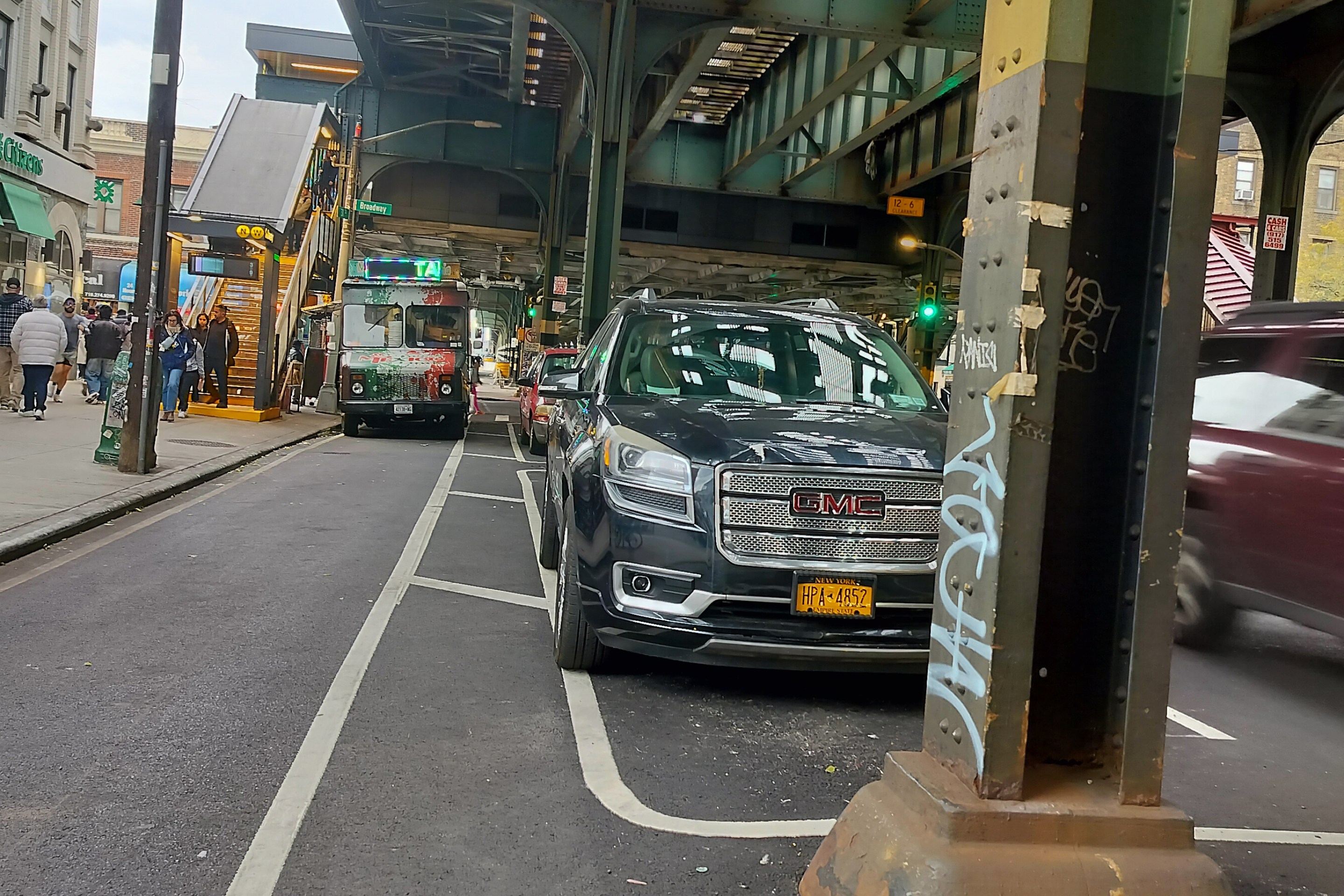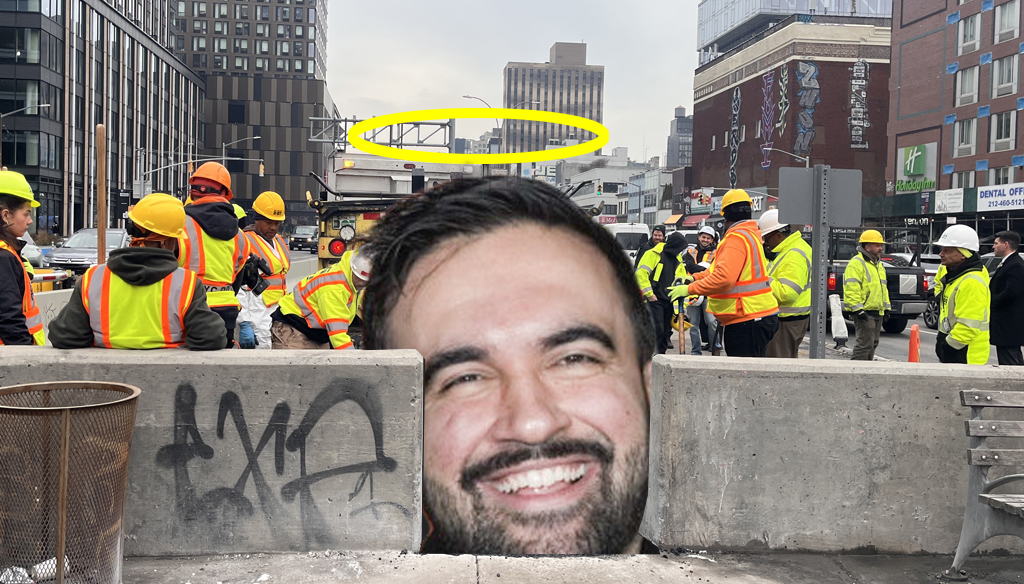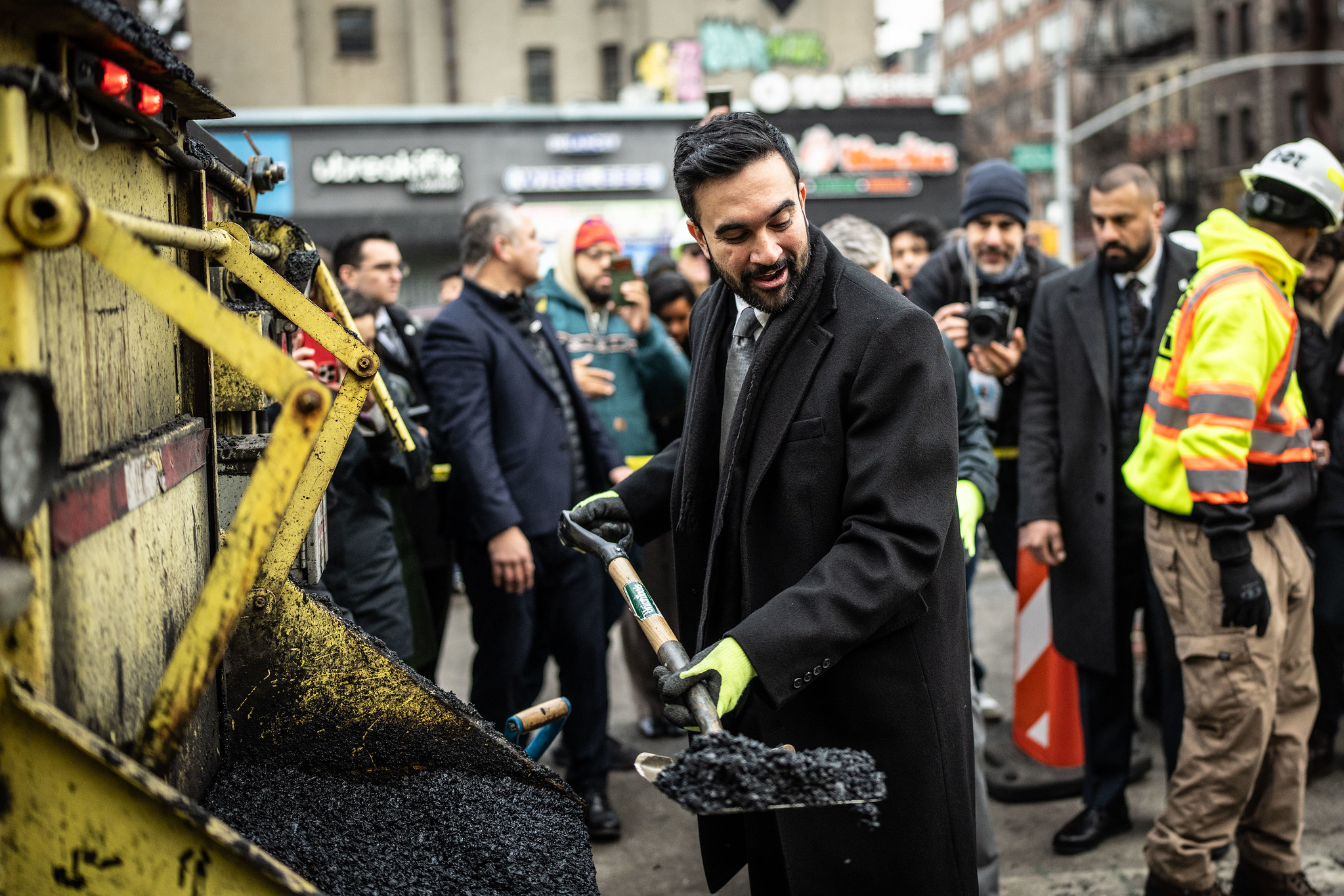It's hard to imagine, but at one point not that long ago, cities in America were at an inflection point. In the early part of the last century, the first signs of motorization and sprawl were just appearing. But not everyone was convinced that the crabgrass frontier was inevitable.

At The Urbanist, Stephen Fesler points out some of the leading "futurists" of the time pictured just the opposite: densely populated vertical cities.
In a two-page spread from the August 1925 issue of Popular Science Monthly, an extraordinary future for the American city was foretold. Conceived from the mind of American architect Harvey W. Corbett, "May Live to See, May Solve Congestion Problems" illustrated vertical cities in the sky that would forever change the way Americans experience urban living and space. Corbett disagreed with the contemporaries of his day on many trends like rapid decentralization, arrangements of living, and transportation forms. He remained faithful in the strength of the city; he believed that the American city would be revolutionized through expansive districts of skyscraping towers, which had only began in earnest the decade before. According to Corbett, these vertical cities would not only house people, but contain all of the necessities to take up leisure, learn, and work within.
Peeling back the layers, the Corbettian modern city is deeply complex and varied. On the ground, restaurants and retail would prevail as the active, engaging uses that city dwellers would be accustomed to. Upper floors, meanwhile, would also contain the necessities for living, professional services, education and child-rearing, and leisure. Strikingly, Corbett believed that people would put rooftops and terraces to use as gardens and parks. Just imagine!
Elsewhere on the Network today: The Bicycle Coalition of Greater Philadelphia has charts that help explain a rise in hit-and-run collisions. The Urbanist offers three different models for urban mobility that work in Seattle. And The Kansas Cyclist says Topeka's new bike-share system, opened this summer, has attracted higher-than-expected ridership.





